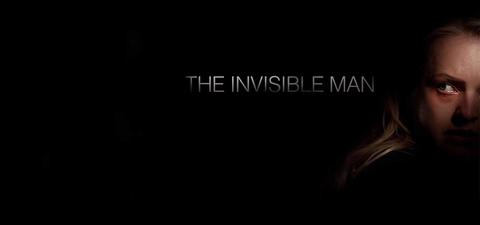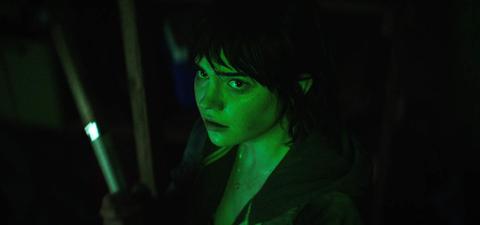The Invisible Man (A Second Opinion)

The Invisible Man starts with a lot of promise before beginning to consistently disappoint and punish those who watch it, much like the abusive partner it attempts to portray. Cheap writing, lazy plot construction, careless disregard for details, and downright silly action sequences bludgeon every last drop of potential from the original premise and creative camera work.
Creeping out of her home in the middle of the night, Cecilia (Elizabeth Moss), attempts to escape her abusive husband. After carefully fleeing into the woods she manages to narrowly escape a level of domestic abuse that is never specifically defined. After escaping, Cecilia takes refuge with her friend James (Aldis Hodge) and his daughter. Shortly after beginning her new life she is informed of her husband’s death. After receiving a substantial inheritance she tries to move on despite being haunted by increasingly escalating attempts to sabotage her life and destroy her supporting relationships which she believes to be her husband, still alive and using technology to make himself invisible.
While Elizabeth Moss may play an emotionally and physically abused woman, the real victim here is the outstanding premise. The switch in perspective from a man driven mad with power to a woman suffering from the lingering trauma that continues to haunt her even after she has escaped is brilliant. One of the things that director Leigh Whannell does exceptionally well here is to use the camera to capture the perspective of PTSD… using focus and perspective to constantly leave the audience with the expectation of a haunting presence on the edge of every screen or in every empty chair or hallway. The metaphor is brilliant and haunting.
Tragically, however, every other aspect of the film is shallow and cheap. If I had to pick a single sin as the core problem with the execution, it’s that The Invisible Man completely fails to make you feel any weight or physicality to its title character either visually or in the story. Characters flail wildly against empty air, their fists never connecting with a character we’re supposed to believe is there unless they’re holding a plate that’s able to break. The invisible man moves through rooms like a poltergeist, with no grounded sense that the director has any idea where the character is within the scene.
This complete failure to evoke a sense of presence from the invisible man carries over to the dialog and plot. Characters turn on a dime and abandon Elizabeth Moss’ character at the least provocation. Situations in which her antagonist attacks or sabotages her are so poorly considered that they transition into comedy. The bizarrely surreal environment of superficially supportive friends and the cartoonishly evil antagonist is reminiscent of a Lifetime movie. The cumulative effect is a surface deep story that lacks the substance to back up its more powerful ideas.
Unfortunately, these are the two areas that are the most essential to making the movie work. I found myself laughing out loud during moments that were clearly intended to feel tense or emotional. They fail to make you believe that the invisible man is truly there either emotionally or physically. The lazy writing compounds with the ridiculous special effects to produce a film that will have you screaming with frustration at the characters on screen. This could have been something great, and it hurts so much to see such a fantastic premise wasted on what we got instead.
| Final Verdict: | Just watch the trailer and imagine the Lifetime version of that. |
| Rating: | D+ |






